In 2017, a total of 316,422 damage and near-miss events from excavation activities related to buried facilities was reported in the US and Canada. These accidents and incidents vary in type and severity, but their cumulative impact is significant for everyone – from municipalities, utility companies, contractors and locators to end users.
Common Ground Alliance, an association of individuals and organizations in the underground utility industry, estimates the financial implications of these occurrences to be well in the billions of dollars. And then of course, there is the very human side of such incidents, in the form of injuries, deaths and other negative impacts on the well-being of people.
For all stakeholders, identifying and addressing the root causes of these incidents is of utmost importance. Fortunately, the identification aspect is pretty easy – the annual Damage Information Reporting Tool (DIRT), which disseminates research data on damage to buried facilities, consistently shows that one of the major causes of damage and near miss incidents is what it terms “Locating Practices Not Sufficient.” That is a catch‑all phrase that denotes the fact that, prior to or during an excavation, a facility was not located or marked, facility marking or location was not sufficient, incorrect facility records or maps were used or that a facility could not be found or located. In fact, for excavators, “Locating Practices Not Sufficient” is by far the most reported root cause of incidents.
For those in the industry, this is hardly news. It is common knowledge that utility locating techniques currently in use have limitations that affect their accuracy. Most rely on GIS data obtained through a complicated process of printed and digital maps in conjunction with specialized equipment such as electromagnetic locator devices. In some instances, this approach is inefficient and prone to errors, meaning locators do not always get a full, accurate and clear picture of what lies underneath.
While different technologies are being utilized to enhance the accuracy and efficiency of location techniques, Augmented Reality (AR) has shown the most potential. By harnessing the capabilities of three different technologies – AR, GIS and Microsoft HoloLens – AR-based systems represent a new, more advanced technology that provides locators with more accurate visualization of the world beneath their feet.
The technology offers an immersive experience in which traditional GIS data is transformed into augmented reality displays and holograms overlaid on physical views of a job site. Using Microsoft HoloLens or readily available devices like an android or iPhone, users can “see” underground utility such as water pipes, sewage systems and gas and electrical lines appear within their field of view as a natural extension of the real world. The result is that expensive damage to facilities can be avoided, as crews make more informed decision on where or how to dig.
An effective solution
Through its app, vGIS, the leading technology in this space is already demonstrating the value of AR‑based tools in the effort to prevent damage to underground utilities. A recent study found that the app helped prevent locate issues in about half of cases, in addition to improving accuracy and efficiency of jobs. Eighty-four percent of respondents found that the technology made their job easier, and the study also showed substantial cost savings for users through faster completion of jobs. When the cost savings from the reduced chances of damage to utility is factored in, the saving become even more significant.
Although relatively new, the technology is already making gains in the US and abroad, and its use is accelerating. As with any new technology however, understanding its full value and uses still requires some educational effort, something that its developers are quick to provide.
In addition to training sessions that educate potential users and new adopters about the app, the company offers tools and aids, such as a knowledge base and how‑to videos, which anticipate and answer user’s questions..
With dedicated User Experience experts as part of the development team, the app features an intuitive interface that is easy to set up on a variety of mobile platforms, making the system easy to learn and use. Users are usually self-sufficient with the app by the end of their training sessions.
Does this really make a difference to the industry?
Conventional wisdom suggests that the adoption of new technology must come with some headache and disruption to business processes. However, the ease of adoption and simple pricing model means this technology easily bucks that trend. As a readily available system, vGIS is easily rolled out without the need for expensive and time-consuming implementation processes or hardware. And because its pricing is based on the Saas model, it offers an unbeatable Return on Investment (ROI) of between 10:1 and 15:1 for active users and 3:1 to 5:1 for casual users, meaning that even the smallest teams can adopt the system.
For potential users – municipalities, utility companies, locate technicians and construction companies – all of these factors mean the transition to the more accurate AR-based system of locating utilities is made that much easier. And most importantly, it brings them closer to the goal of finally putting a stop to inadvertently damaged facilities and injuries on the job.
